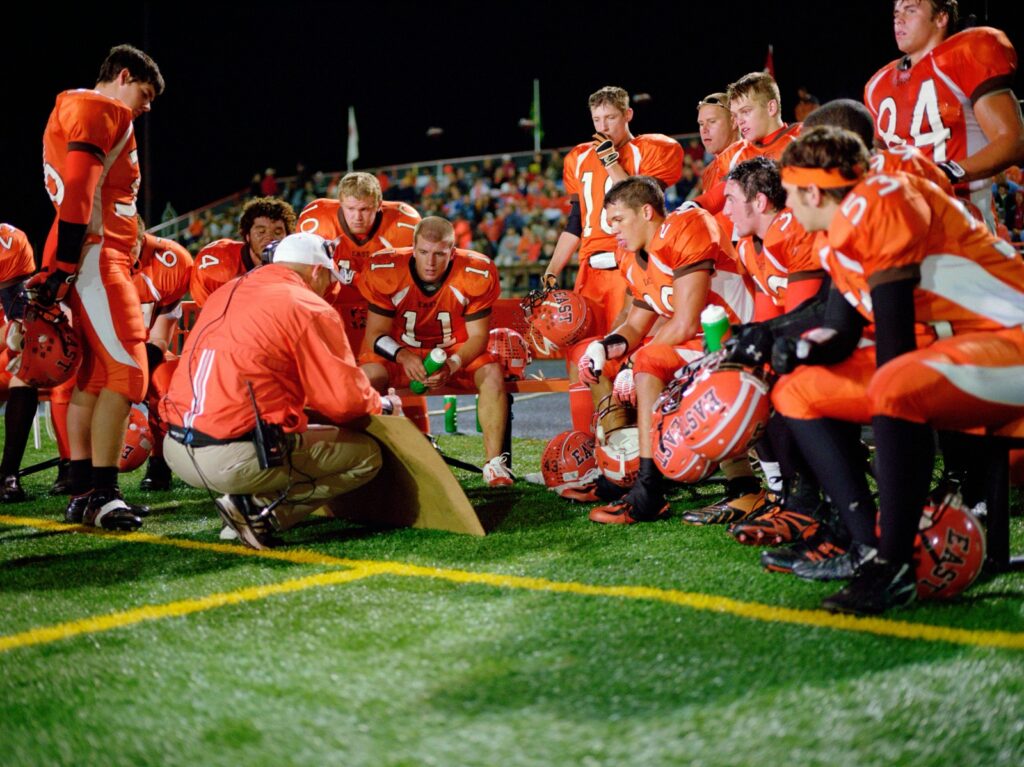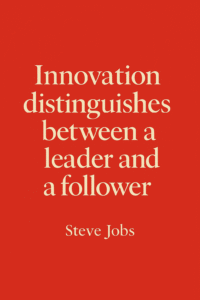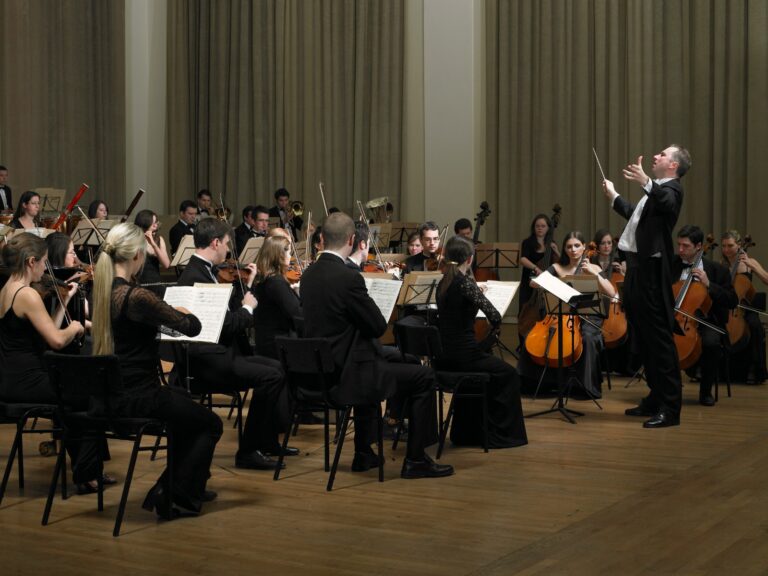Have You Ever Reflected on Leadership?
Today, leadership is not just about making decisions or setting goals. Inspiring others, adapting, developing people, and achieving together are all essential parts of the journey. But can there be a connection between an orchestra conductor and an operational excellence leader?
In this article, I explore leadership from a broad perspective — from its definition and modern leadership styles to Toyota’s lean leadership culture, OPEX leadership, and even the intersection of art and management through the lens of orchestral conducting.
Definition of Leadership:
Leadership is the process by which an individual influences, guides, inspires, and mobilizes a group of people toward a common goal.
Definition of Leadership with Its Core Elements:
| Vision | A leader sets a clear direction for the future. |
| Communication | Conveys emotions, thoughts, and goals transparently. |
| Influence | Moves people not through power, but through trust. |
| Inspiration | Creates motivation and commitment in others. |
| Taking Responsibility | Owns the outcomes of decisions and leads by example. |
| Guidance Through Values | Acts in alignment with ethics and core principles. |

Main Types of Leadership
Leadership manifests in various forms depending on the spirit of the times, social structure, organizational dynamics, and individual needs. No single leadership style fits every situation. Therefore, effective leaders adapt their approach according to the circumstances sometimes taking an authoritative stance, and at other times offering inspirational guidance.
Below, you can find the main types of leadership frequently discussed in modern management theories, along with their definitions and distinguishing characteristics.
| Leadership Style | Definition | Key Characteristics |
|---|---|---|
| 1. Autocratic | Leadership where decisions are made solely by the leader, with centralized control. | Discipline, quick decisions, minimal feedback |
| 2. Democratic (Participative) | Involves team members in decision-making and values idea exchange. | Participation, motivation, collaboration |
| 3. Laissez-faire | Gives the team a high degree of freedom; minimal leadership intervention. | Creativity, self-confidence, responsibility |
| 4. Transformational | Visionary and inspirational leadership aimed at transforming and developing teams. | Vision, inspiration, development-focused |
| 5. Transactional | Task-oriented leadership based on goals, rewards, and penalties. | Clear roles, reward and punishment system |
| 6. Servant Leadership | Aims to serve the needs of employees and society first. | Humility, empathy, value creation |
| 7. Charismatic Leadership | Influences followers through strong personal charm and presence. | Charisma, belief, powerful communication |
| 8. Strategic Leadership | Provides long-term vision and direction, aligning the organization accordingly. | Big-picture thinking, analysis, guidance |
| 9. Coaching-Based Leadership | Supports team development and helps individuals unlock their potential. | Feedback, personal growth, individual focus |
| 10. Situational Leadership | Adapts leadership style based on the context, person, and situation. | Flexibility, adaptability |

What Should OPEX Leadership Look Like?
Operational Excellence (OPEX) leadership plays a critical role not only in improving processes but also in transforming culture and enabling sustainable success. This type of leadership differs from traditional management because it focuses on developing both systems and people.
What Should OPEX Leadership Look Like?
- Visionary and Direction Setter
- The OPEX leader must cascade the company’s strategic goals throughout the organization (Hoshin Kanri approach).
- Drives continuous improvement not only at the operational level but also embeds it as a mindset within the organizational culture.
- Teacher and Developer
- Does not merely manage the team, but develops it. Builds a learning organization.
- Conducts Gemba walks, observes problems firsthand, and instills a problem-solving culture in employees.
- Creates space for employees to find their own solutions using tools such as A3 Thinking, PDCA, and 5 Whys.
- Servant Leader
- Leadership is synonymous with service: removes obstacles for the team and provides necessary resources.
- Culture Champion and Role Model
- Supports the 5S system and adheres to standards personally.
- Embodies core values (respect, transparency, accountability) rather than imposing them on others.
- Data-Driven but People-Centered
- Manages key metrics such as KPIs, OEE, and takt time, but prioritizes people development over metrics.
- While optimizing processes, boosts employee motivation and engagement.

“Genchi Genbutsu — go and see for yourself — means observing something not as if it were someone else’s problem, but imagining it as your own work and striving to improve it. Titles don’t matter. In the end, those who know the gemba — the place where real work happens — best, are the ones most respected.”
Akio Toyoda, President of Toyota Motor Corporation, 2009
Toyota’s Lean Leadership Model
Toyota is not merely a global automobile manufacturer; it is also a living example of a deep-rooted, disciplined, and sustainable culture of excellence. This culture has been shaped not only by its production systems but also by a human-centered approach to leadership.
While tools like Just-in-Time (JIT), Kaizen, and other lean methodologies form the technical backbone of the Toyota Production System, it is the leaders who give these tools meaning by applying them in the field, driving continuous improvement, and embedding them into the organizational DNA.
At Toyota, leadership is not just about managing; it is about teaching, guiding, nurturing development, and transmitting company culture across all levels.
That is why behind Toyota’s success lies not just a system, but a leadership philosophy that brings the system to life.
Toyota’s Core Principles of Leadership in Management Culture
| Principle | Description |
| 1. Genchi Genbutsu (Go and See) | Leaders are expected to go to the actual place (gemba) to observe problems firsthand. Decisions are made based on reality, not reports. |
| 2. Hoshin Kanri (Policy Deployment and Alignment) | Vision and goals are aligned both horizontally and vertically across the organization. Leaders translate strategy into field-level action. |
| 3. Leader as Teacher | A Toyota leader is not just a manager but also a mentor who teaches, guides, and passes down values and knowledge. |
| 4. People Development | The goal is not just to complete tasks but to develop people into problem-solvers and leaders. |
| 5. Long-Term Thinking | Decisions prioritize long-term value and sustainability over short-term gains. Consideration is given to future generations. |
| 6. Continuous Improvement (Kaizen) | Leaders never settle for the status quo. They foster a mindset that there is always room for improvement. |
| 7. Fostering Team Spirit | Collective success is emphasized. Leaders promote teamwork, collaboration, and mutual trust. |
| 8. Accountability and Responsibility | When problems arise, leaders seek root causes and take responsibility rather than blaming others. This builds a culture of trust. |
| 9. Visual Management | Performance, goals, and deviations are made visible and understandable to everyone in the organization. |
| 10. Leadership at the Gemba (Shop Floor Presence) | Leaders are expected to be present at the place where value is created. They engage directly with processes and people. |

Peter Drucker
Leaders at Toyota are guides who embody the company’s core values and blend the lessons of the past with the vision of the future. They are both the guardians of Toyota’s heritage and the architects of its future.
The Leadership of an Orchestra Conductor
The leadership of an orchestra conductor is an artistic model in which high technical competence is harmonized with emotion, communication, and coordination at the highest level. The conductor does not play an instrument, yet is responsible for the harmony and expression of the entire orchestra.
This leadership model sets an example in terms of vision, empathy, timing, trust-building, and unleashing collective potential. The conductor brings together different instrument groups, unique personalities, and individual mastery around a shared musical vision. In this sense, they are a strategic guide, a tactical coach, and an inspiring presence on stage.
Leadership Lessons from the Orchestra Conductor ;
“Egoless Leadership” – Success belongs to everyone; the conductor shares the applause and takes responsibility for mistakes.
“Inspires Rather Than Commands” – Provides guidance, not orders.
“Gives Everyone a Voice” – There is room for both solos and harmony.
“Preparation is Sacred” – Without disciplined rehearsal, success on stage is impossible.
“Listening is an Art” – The conductor has no voice of their own, but hears everyone else’s.
Riccardo Muti
Common Ground Between Orchestra Conducting and OPEX Leadership
There are many parallels between the leadership of an orchestra conductor and that of an Operational Excellence (OPEX) leader:
- Both leadership styles set a clear vision and guide their teams toward that goal. Aligning individuals with diverse skills to work in harmony is essential to achieving shared success.
- Communication lies at the heart of both models. While the orchestra conductor communicates primarily through body language, the OPEX leader uses both verbal and written communication. Yet both inspire and guide through effective communication.
- They prioritize team development. Both the conductor and the OPEX leader focus on unlocking individual potential and nurturing growth within their teams.
- They transform individual contributions into collective success. By fostering synchronization, cohesion, and a culture of collaboration, they inspire trust, take responsibility, and lead by example.
Final
In the end, leadership is not defined by title or position alone. True leadership is the ability to set a vision, unite people around a common purpose, inspire action, and create sustainable value.
Whether it’s an Operational Excellence leader, an orchestra conductor, or a Toyota executive, effective leaders stand out through their ability to adapt, unlock potential, and transform culture.
Times may change, but one timeless truth about leadership remains: Lasting success is impossible without understanding people, trusting them, and helping them grow.
That’s why leadership is not merely a tool of management — it is a responsibility, a service, and an art.
Referance;
https://corporatefinanceinstitute.com/resources/management/leadership-styles/
https://www.linkedin.com/pulse/liderlik-tipleri-ve-psikolojik-temelleri-sentokurumsal-ruvif/
Jeffrey Liker and Gary Convis – “The Toyota Way to Lean Leadership”
https://www.ineak.com/the-role-of-leadership-in-toyotas-management-culture
https://unsplash.com/

